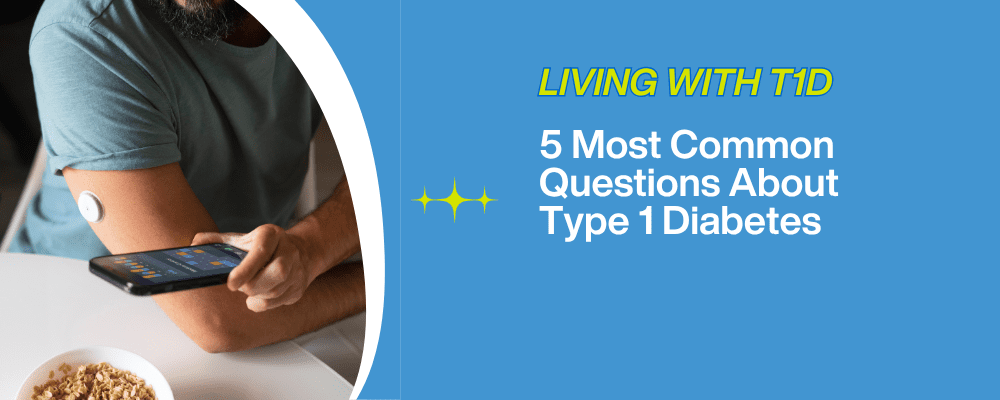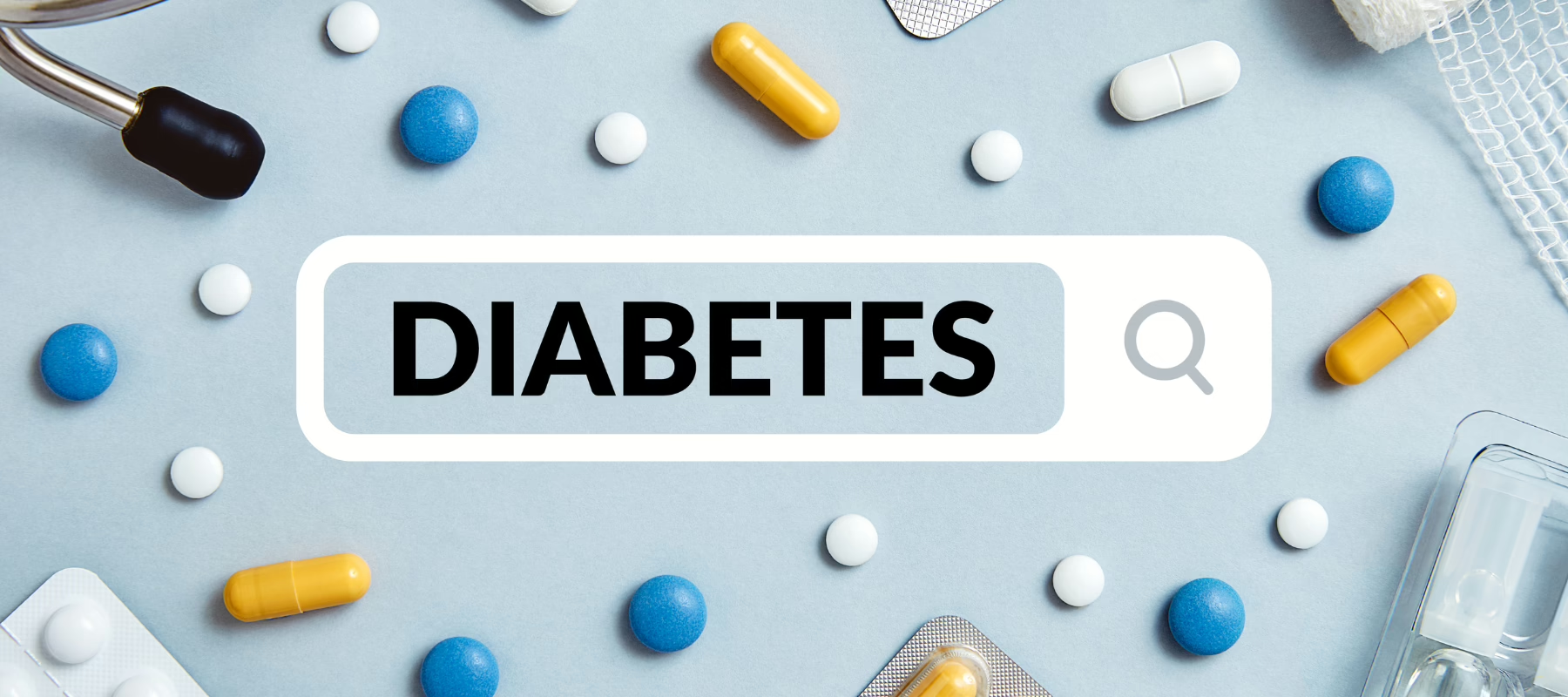The holiday season is in full swing, and many of us will be traveling this month to visit friends, family and loved ones. For those with type 1 diabetes (T1D), though, holiday travels may require a bit more planning. Below we’ve outlined a few things to keep in mind when planning a trip if you or a loved one you are traveling with has T1D. Following these tips will help your travels go smoothly, ensuring a joyous time for all.
Packing Your Medication and Supplies
Whether you’re traveling across the state for a long weekend or across the country for a full week, you’ll need to be strategic when packing your medication and other supplies. Make sure you bring enough of your medication so you’re prepared for any situation that may arise; many find that packing twice as much as they think they’ll need is a safe option. If you’ll be checking any luggage, keep your medicine and anything else you will need in your carry-on, so that you have it if your bags get lost.
In your carry-on bag, make sure you have:
- Insulin and syringes
- Blood-testing supplies and extra batteries
- Any other medications you may need
- An ID, including something that identifies you as having T1D
- A small snack and candy or some form of sugar to treat hypoglycemia
As you’re packing, be thinking of where you’ll store your supplies upon arrival. In particular, don’t store your insulin somewhere very hot or very cold, such as the trunk of a car.
Preparing for an Emergency if You’re Abroad
Anyone traveling to another country should have a plan in place in case of a medical emergency, but this is especially important for those with T1D.
If you would like to get a list of English-speaking doctors at your destination before you leave, we suggest contacting the International Association for Medical Assistance to Travelers. If something happens while you’re abroad and you’re unsure of where to go, contact your local embassy for assistance.
Of course, preventing an emergency is better than preparing for one. This goes without saying, but check your blood glucose levels frequently, and be mindful of crossing time zones when you’re planning the timing of your injections.
Keep Your Medical ID With You
It’s always a good idea to be wearing a medical ID identifying you as someone with T1D, but this can become even more important when traveling. In the event of an emergency, your ID will let first responders, doctors and nurses know that you have T1D and provide information about how you manage it, as well as information about allergies and other pieces of your medical history.
Traditionally, these medical IDs are worn as a bracelet or necklace, and usually consist of a piece of metal with information etched into it. However, modern technology has to lead to more detailed medical IDs with QR codes, URLs and more that can help emergency responders and medical personnel access all your necessary health records.
For more tips and insights for living with type 1 diabetes, subscribe to our newsletter.




